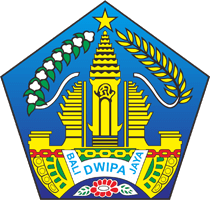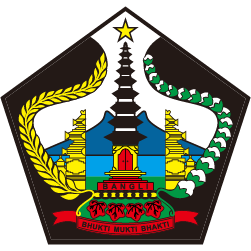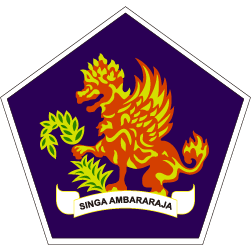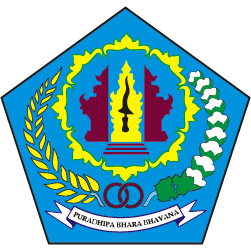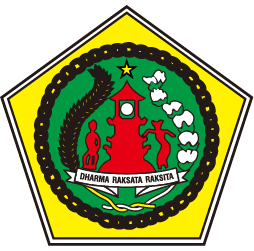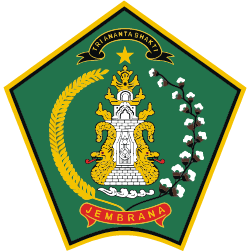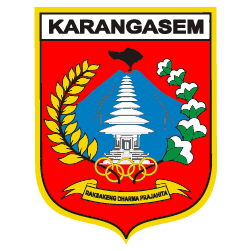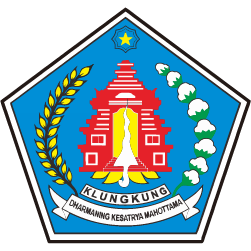Caow Eng Bio Temple, The Proof Of Cultural Diversity In Bali
Caow Eng Bio Temple, The Proof Of Cultural Diversity In Bali.
The diversity of ethnic groups in Indonesia represents the richness of culture. On the Island of the Gods, the richness of culture is also illustrated by the standing of temples that are hundreds of years old. One of the pagodas on the island of Bali is hundreds of years old, called the Caow Eng Bio Temple.
Caow Eng Bio Temple
A typical Chinese architecture building stands majestically on the north bank of Tanjung Benoa. The dominant bright red color envelops the worship house of Kong Hu Chu religious people. This house of worship is known as the Caow Eng Bio Temple. This temple is located at Jln. Segara Ening No. 14, Benoa, South Kuta District, Badung Regency. The environment is included in the Banjar Indigenous area of Darmayasa.
Caow Eng Bio Temple is one of the oldest temples in Bali. This temple is dedicated to worshiping Goddess Shui Wei Sheng Nian and Xiongdi Gong or the gods of the sea. The goddess and the gods are only worshiped specifically at temples near the sea and by fishermen or people who work in the field of shipping. Not only is it believed to be the protector of the sea, Dewi Shui and the Xiongdi Gong are also believed to be the protectors of the Hainanese people especially during the Diaspora. Meanwhile, in the teachings of Hinduism who served as the lord of the seas and oceans was the God of Baruna. He is a manifestation of Brahman who holds the title of God of Water.
Then, how can this temple be established in Bali? According to local stories, this temple has existed since the time of the Kingdom of Badung around 1548. The King of Pemecutan Badung gave land to Hainan merchants who sailed to the archipelago to build a temple.
So, when the merchants from Hainan sailed to the archipelago, they were robbed by pirates while passing through the Malacca Strait. In that incident, many of them were killed. The rest of those who live continue their journey to the archipelago. However, in the middle of the journey, their ship was hit by a storm. When everyone was panicking, suddenly a voice came from the middle of nowhere. The voice tried to calm everyone. The voice is believed to be the voice of Lord Baruna or one of Xiongdi Gong.
After hearing the voice, one of the ship's passengers then tried to light the incense while praying. Miraculously, the storm was gone! So after that, the whole ship promised to make a temple for Goddess Shui, or Stana for Lord Baruna, if they reached the mainland. The ship leaned on Tanjung Benoa and then the remaining merchants built the Caow Eng Bio Temple.
Being the oldest temple in Bali, it does not necessarily make Caow Eng Bio empty of visitors. In fact, this temple is still crowded with people who want worship. Not only Kong Hu Chu's people, but also Hindus, since this is also a stana of Lord Baruna. Aside from daily worship, the most awaited moment here is Cap Go Meh. The last day of the Chinese New Year celebrations is usually enlivened by a variety of artistic performances, such as lion dances, wushu martial arts, and oriental classical music. Boisterous sounds of beating drums, cymbals, and gongs enliven the temple atmosphere, plus the sound of applause from visitors as the lion dance began to come.
Usually, the celebration at Caow Eng Bio Temple is packed with Chinese descendants and local residents. This reflects the inter-ethnic harmony in the country. Not infrequently there are also foreign tourists who want to witness of the Cap Go Meh event at the Caow Eng Bio Temple.





